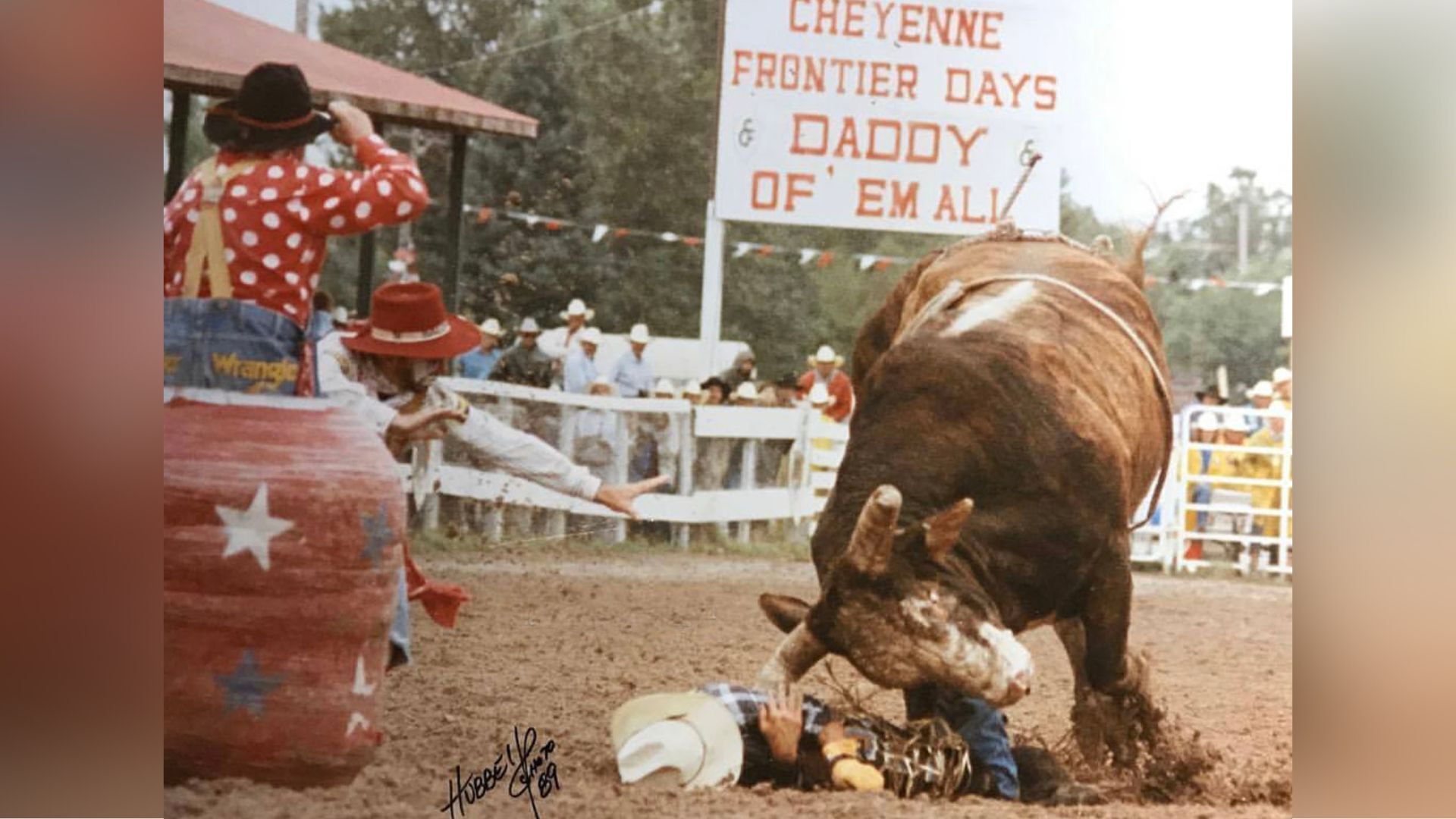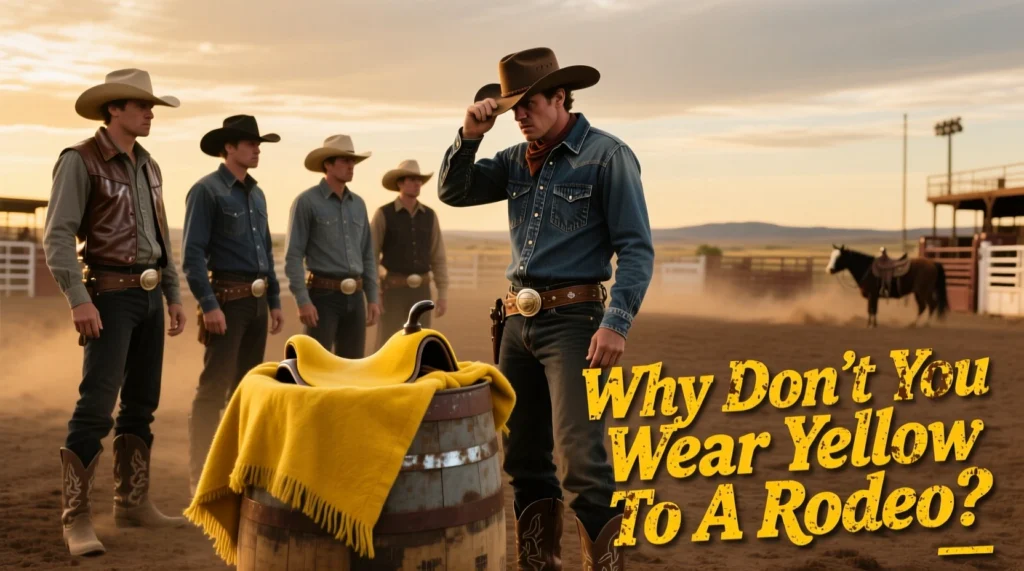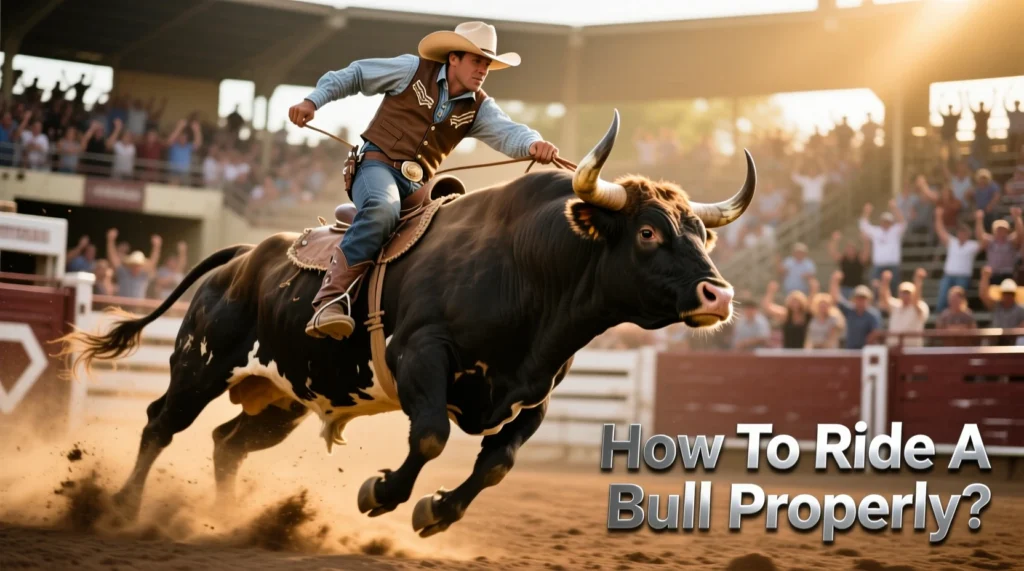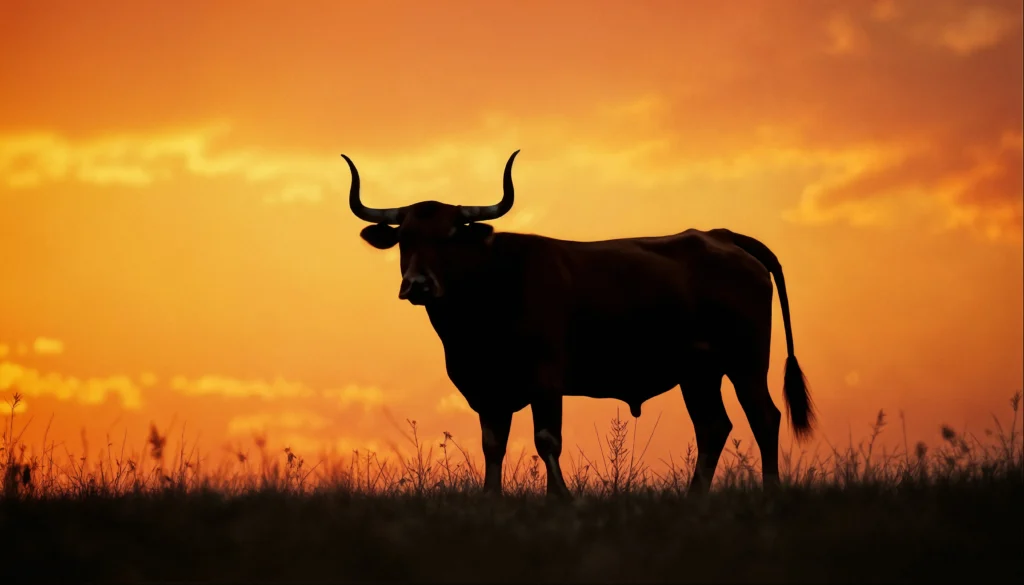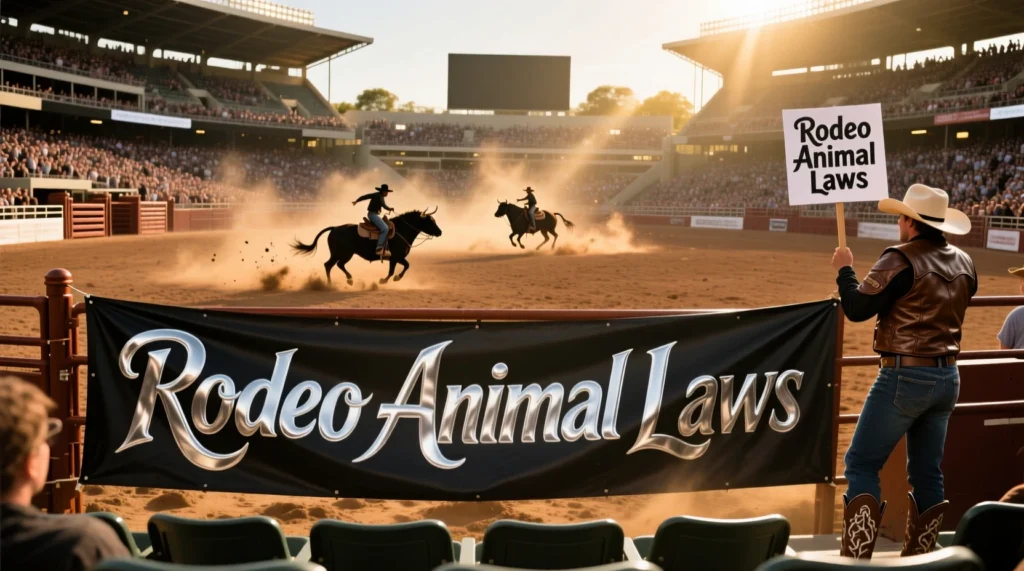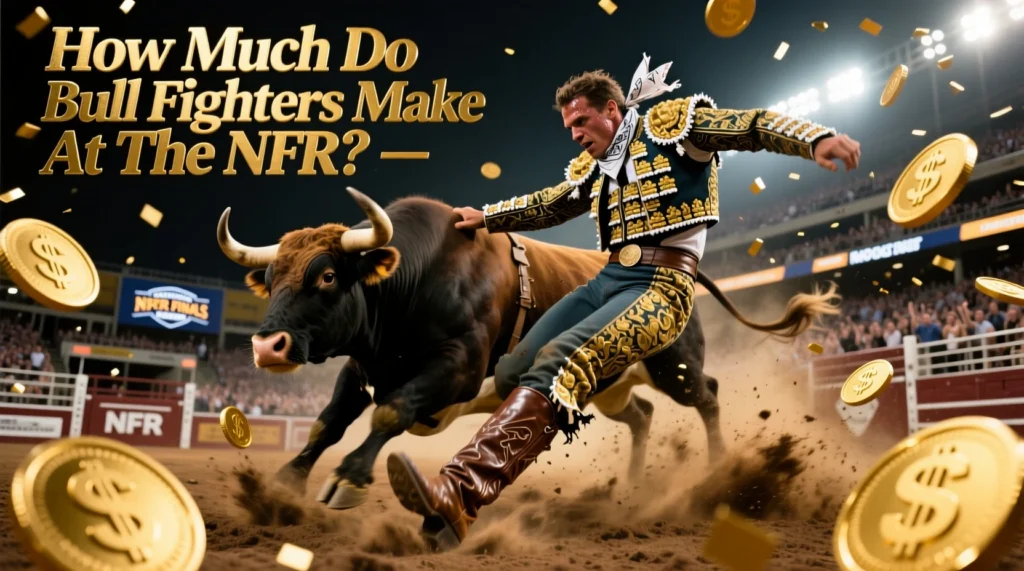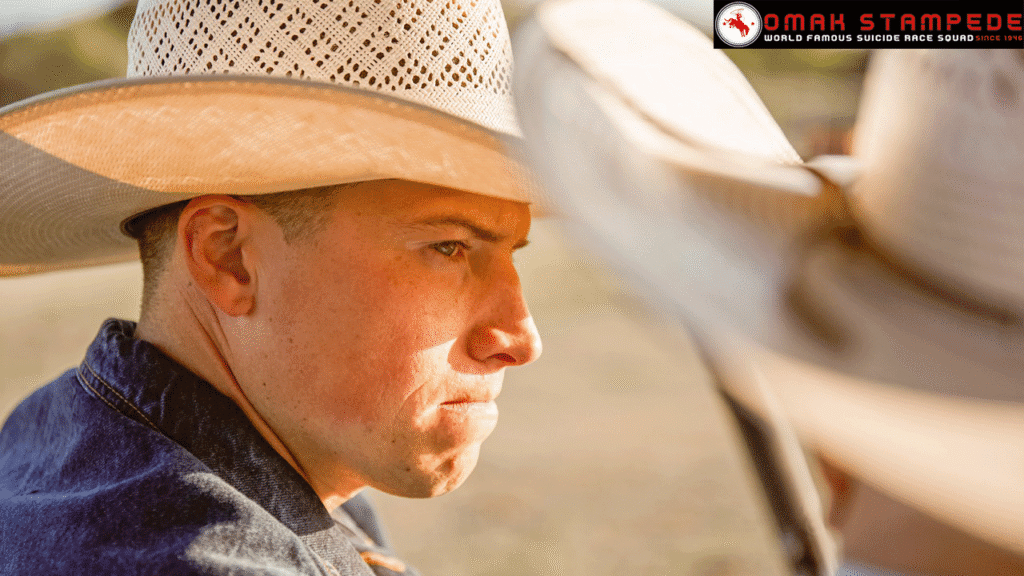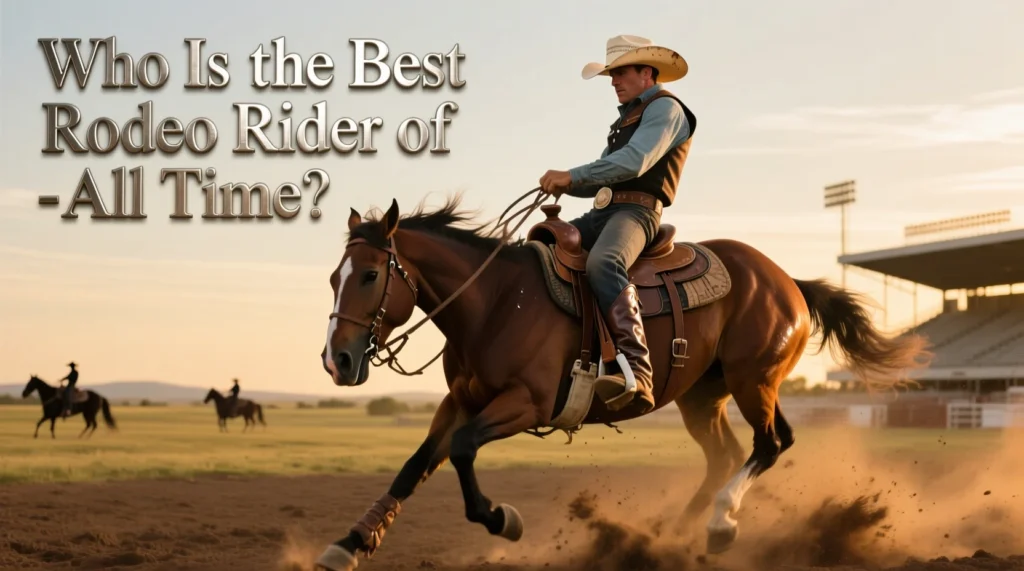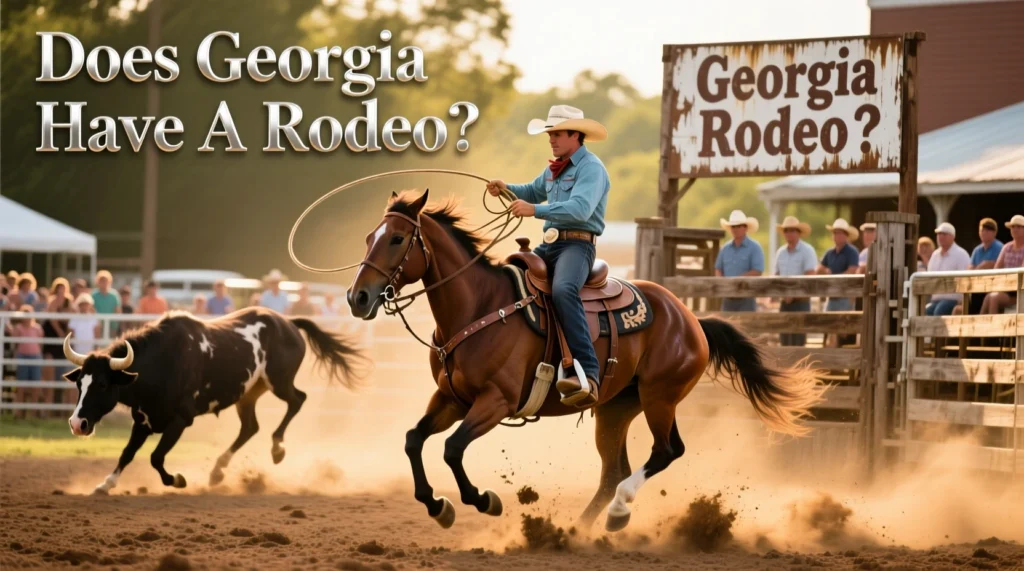Discover What Was the Worst Bull Ride Accident? The story of the most devastating bull riding accident in history – Lane Frost’s fatal ride – analyzed through original insights, expert opinions, and recent case studies. Learn how the tragedy changed rodeo safety standards in the USA and what is being done to protect riders today.
Table of Contents
The Dangers of Professional Bull Riding
Bull riding is one of America’s most thrilling but dangerous sports. Competitors face the raw power of a 2,000-lb. animal, risking their lives for eight seconds. But the pursuit of this adrenaline-fueled dream comes at a heavy price — serious injuries, lifelong trauma, and, on rare occasions, tragedy.
Lane Frost’s Last Ride
Who Was Lane Frost?
- Born in 1963, Lane Frost was a world champion bull rider with a magnetic personality and fierce determination. By the late 1980s, he was a household name in rodeo circles, celebrated for winning the 1987 PRCA World Championship.
- Frost’s career was defined by her victory over Red Rock, an undefeated bull, in the “Challenge of the Champions.” He was praised for her skill, athleticism, and impact on the sport.
The Fatal Accident at Cheyenne Frontier Days
On July 30, 1989, during Cheyenne Frontier Days in Wyoming, bull rider Lane Frost was involved in the most tragic incident in bull riding history.
- Frost successfully completed an 85-point ride on the Brahma bull Takin’ Care of Business, staying on for the full duration.
- As he descended, the bull’s horn struck Frost’s back, breaking ribs and severing a vital artery, causing severe internal injuries.
- Despite standing for a while and signaling for help, Frost collapsed and died on the field, only 25 years old.
Case Study: Breakdown of the Incident
| Rider | Event | Date | Injury Cause | Outcome |
|---|---|---|---|---|
| Lane Frost | Cheyenne Frontier Days Rodeo | July 30, 1989 | Horn strike to the back | Fatal (age 25) |
The medical analysis concluded that the massive internal injuries were almost impossible to avoid with safety measures at the time.
How Lane Frost’s Death Changed Rodeo Safety
Before the Accident: Minimal Protective Gear
Before 1989, professional bull riders often did not use protective vests or helmets, relying mostly on skill and luck. Frost’s death highlighted the urgent need for better safety measures.
Post-Tragedy: Industry-Wide Reform
- Mandatory Vests: In direct response to Frost’s accident, Cody Lambert (Frost’s friend and fellow rider) developed the prototype protective vest. By 1996, protective vests were mandatory for all professional bull riders, greatly reducing the number of fatal injuries from similar trauma.
- Helmets and Youth Safety: As research showed that helmets could reduce head and facial injuries by about 50%, helmet mandates were introduced—first for youth, and then gradually expanded to all competitors.
- Arena Medical Protocol: Today, medical teams are on standby at high-level PBR and PRCA events, ready to provide immediate trauma care, reducing the risk of fatal outcomes.
U.S. Bull Riding Injury Statistics: The Risks Unveiled
- Bull riding has the highest injury rate among rodeo events, ranging from 19.4% to 58.4% of all rodeo injuries.
- Common injuries include:
- Concussions (up to 77% in roughstock events).
- Limb injuries (52%), chest trauma (15%), and brain injuries (10-12%)
- In a study by the National Trauma Data Bank, injuries most often involve the chest, head and neck, with hospital stays and recovery times often increasing, but deaths remain very low thanks to improvements in care and gear.
Fatalities For What Was the Worst Bull Ride Accident?
Despite safety advances, fatalities continue to occur. Since 2000, at least seven pro bull riders have died from arena-related injuries. But the death of Lane Frost remains the most impactful incident, fundamentally changing the culture and safety of the sport.
Case Studies: Other Notable Bull Riding Accidents
- Chronic traumatic encephalopathy (CTE): The first confirmed case of CTE in a professional bull rider was documented in 2017 when a rider took his own life after suffering 15+ head injuries and repeated concussions. Symptoms include memory loss, personality changes, anxiety, and depression, echoing emerging concerns in football and boxing.
- Mechanical bull accidents: Even simulated mechanical bull riding poses risks, with a national estimate of 27,903 injuries (2000-2020), mostly sprains, strains, and fractures. Serious injuries to children highlight the need for stricter regulation at private events.
Expert Opinions: Why the Sport Continues – And How Safety Persists
- Dr. C. Dirk Keene, University of Washington: “This tragic case [CTE in a bull rider] highlights the need for broader sports education about recurrent head injuries and better medical monitoring. The long-term effects may extend beyond the field.”
- Experienced Riders and Trainers: Experts like Gary Lefebvre, Donnie Gay, and Tuff Hedman all point to training, technical skill, and mental preparation as key to safety, but all agree that modern equipment saves lives and reduces the severity of injuries.
Solutions: Making Bull Riding Safer
Following Frost’s death, the U.S. has implemented several improvements:
- Constant Gear Innovations: Each decade brings lighter, more effective safety vests and helmets. Current rules require all riders born after 1994 in the PBR to wear a certified helmet at all events.
- Medical Research and Protocols: Data from trauma centers is used to train on-site medical teams and inform injury prevention strategies.
- Rider Education: New generations of bull riders are taught safety from day one, and many choose to continue wearing helmets throughout their professional careers.
Lane Frost’s Lasting Legacy
The Lane Frost accident wasn’t just the worst bull riding accident in history, with its tragic loss. It marked a turning point in the very fabric of rodeo culture. Today, its legacy lives on in the form of mandatory safety equipment, improved medical preparedness, and a relentless campaign to protect the athletes who ride for their lives.
Bull riding is a high-risk sport, but through hard-learned lessons and innovation, fatalities have become rare. Lane Frost’s story inspires both respect for the dangers of the sport and a commitment to continuous safety improvements.
